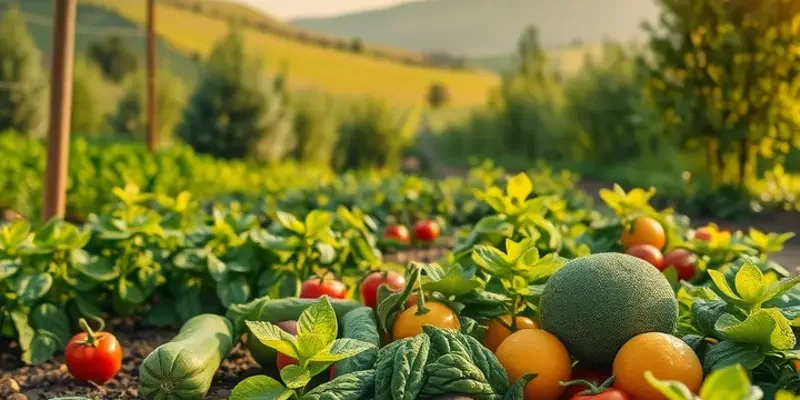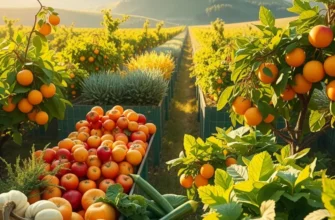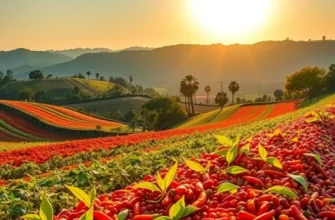Migration has woven a vibrant tapestry of culinary traditions around the world. As people cross borders, they take their flavors, recipes, and cooking styles with them, blending them with local ingredients and customs. This exploration reveals how migration shapes our palates and enriches our culinary landscape, allowing food enthusiasts and culturally-curious individuals to discover the delightful complexities of global cuisines. From the streets of Mexico City to the bustling markets of Mumbai, the influences are endless.
The Culinary Caravan: Flavors on the Move
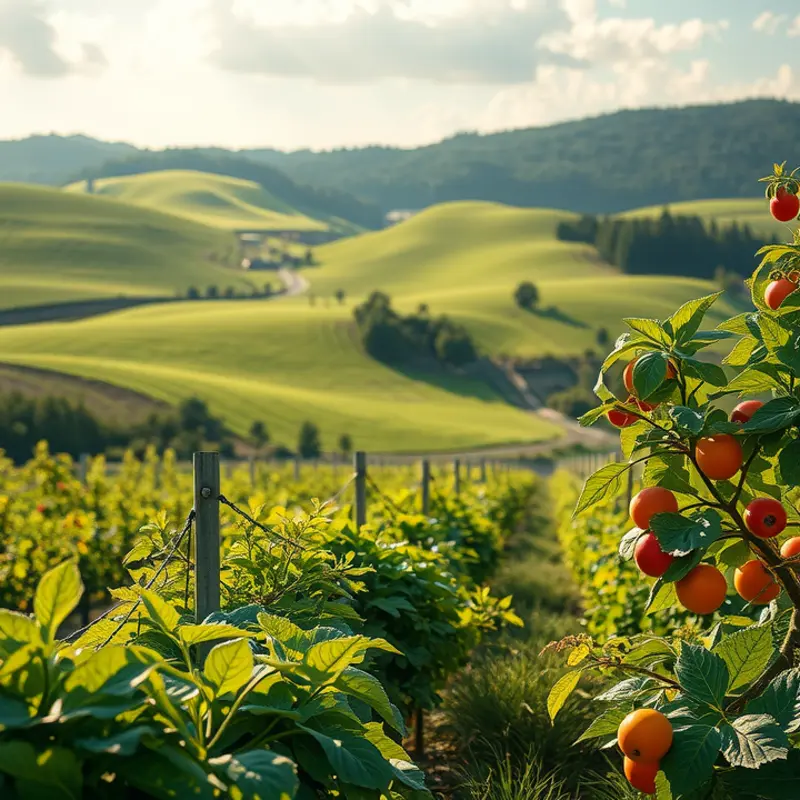
Migration weaves a rich tapestry of cultural exchange, with food serving as its most palpable thread. Ingredients and recipes traverse continents, evolving as they meld with local traditions. This movement encapsulates both the literal journey of spices and the metaphorical passage of identity.
Consider paprika, a staple in Hungarian cuisine, which made its way from the Americas through the Iberian Peninsula. Initially dismissed, it later became integral to Hungary’s gastronomic identity, enriching stews like goulash. Paprika’s journey illustrates how an ingredient can transcend its origins to gain new culinary significance.
Migration has also spurred the blending of traditional dishes. Take Vietnamese bánh mì, a sandwich that exemplifies the fusion of French and Vietnamese flavors. Born from French colonial influence, it combines a baguette with Vietnamese proteins and pickled vegetables. This dish highlights how migration can foster innovative culinary hybrids, revered both locally and globally.
Spices have often been at the forefront of these transformations. The spice trade, propelled by early migrations, led to the introduction of cumin and coriander into Indian cuisine. These spices, though originating elsewhere, became foundational to the aromatic depth of Indian curries. Similarly, cardamom traveled from South Asia to Scandinavia, where it sweetens pastries like kanelbullar. Each instance showcases how spice journeys redefine regional palettes, crafting new culinary identities.
A modern manifestation of such culinary blending is the rise of fusion cuisine, a direct result of increased global mobility. Korean-inspired tacos found in Los Angeles, for example, marry the bold flavors of Korean barbecued meats with the Mexican taco shell. This innovation represents a fresh chapter in the story of migration and its indelible impact on food culture.
The movement of culinary practices and ingredients is central to global food culture. This constant recipe evolution reflects broader societal changes and the rich narrative of human migration. To delve deeper into these influences, explore how historical trade routes contributed to culinary expansion here. Food, in its ever-shifting forms, acts as a vibrant testament to our collective migratory journey, breathing life into cross-cultural interactions across time and geography.
Culinary Crossroads: Hybrid Dishes and Global Trends
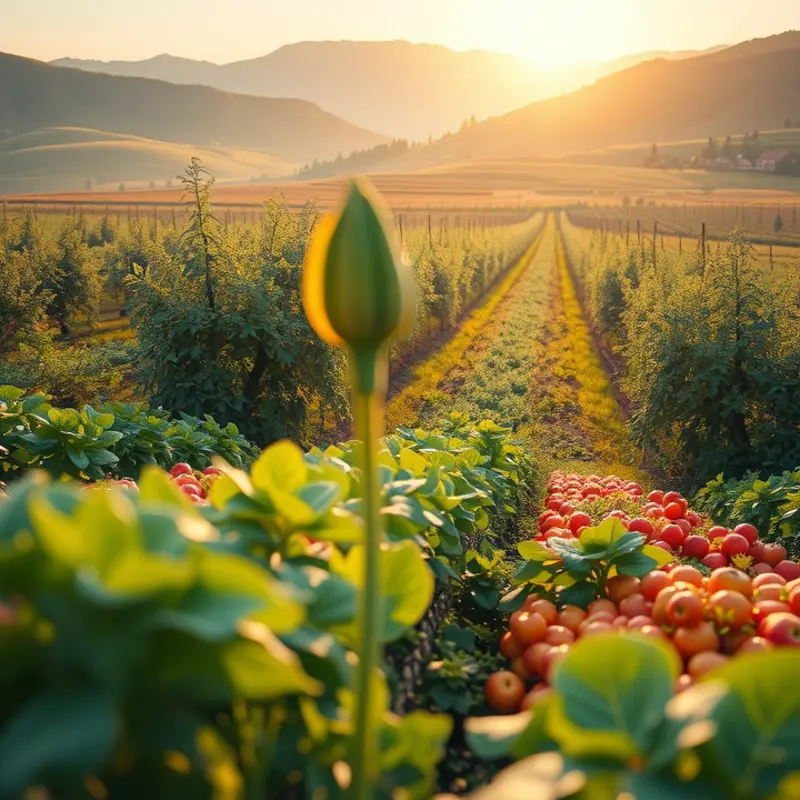
Migration has not only moved people but has also acted as a catalyst in reshaping culinary landscapes. As cultures cross paths, traditional recipes blend into inventive, boundary-defying dishes. Hybrid culinary creations become emblematic of these mixed identities, where new flavors are born out of necessity and longing.
One standout example is the sushi burrito—a vibrant marriage of Japanese precision and Mexican zest. This dish encapsulates the best of both worlds: the delicate textures of sushi rolled into the convenience and heartiness of a burrito. It’s a snapshot of how urban settings serve as fertile grounds for culinary cross-pollination, reflecting the blend of ethnicities and traditions.
Similarly, Indian-owned taco joints illustrate another fascinating fusion. Here, traditional Mexican staples blend harmoniously with Indian spices and preparation techniques, offering patrons samosas wrapped in tortillas or curry-infused quesadillas. Such concoctions resonate deeply with diverse urban populations, cultivating palate diversity in everyday meals.
Cities like New York and London have become melting pots of culinary ingenuity. They fiercely celebrate the diversity of their inhabitants, turning streets into markets where you might stumble upon a Korean-Polish stir fry or a Middle-Eastern inspired pizza. Each dish serves as a culinary dialogue between disparate lands, cultures, and histories, balancing old-world authenticity with new-world innovation.
The popularity of immersive culinary experiences has risen alongside this trend. Diners now seek more than just a meal; they crave stories encapsulated in each bite. Restaurants and food festivals now highlight the significance of these hybrid dishes, hosting events where chefs share the origins and inspirations behind their creations. This shift from mere consumption to an education-focused experience has helped anchor the concept of flavor fusion as a staple in modern gastronomy.
Moreover, global food movements champion sustainability and innovation, which integrates seamlessly with hybrid trends. While these movements prioritize eco-friendly practices, they also encourage using diverse, locally-sourced ingredients. Doing so supports sustainable eating habits while celebrating the very essence of fusion cuisine. In this spirit, please explore some eco-smart kitchen storage tips to integrate sustainable practices alongside innovative culinary adventures.
Culinary arts continue to transcend borders, and hybrid dishes are fulfilling an essential role. They offer a lens into migration’s profound impact on food culture, creating vibrant tapestries of taste. Through such explorations, chefs and food enthusiasts perpetuate a cycle of innovation, connecting communities globally while celebrating the intricacies of multiculturalism.
Final words
Migration continues to shape the world’s culinary landscape, offering us endless inspiration and an ever-evolving palette of flavors. This rich tapestry reflects the stories of those who dare to travel, sharing their culinary heritage and embracing new traditions. For food enthusiasts and the culturally curious alike, savoring the dishes born from migration invites us to celebrate diverse cultures and foster a sense of global unity. As we take our taste buds on a journey, let us appreciate each bite as a testament to the resilience and creativity of the human spirit.

